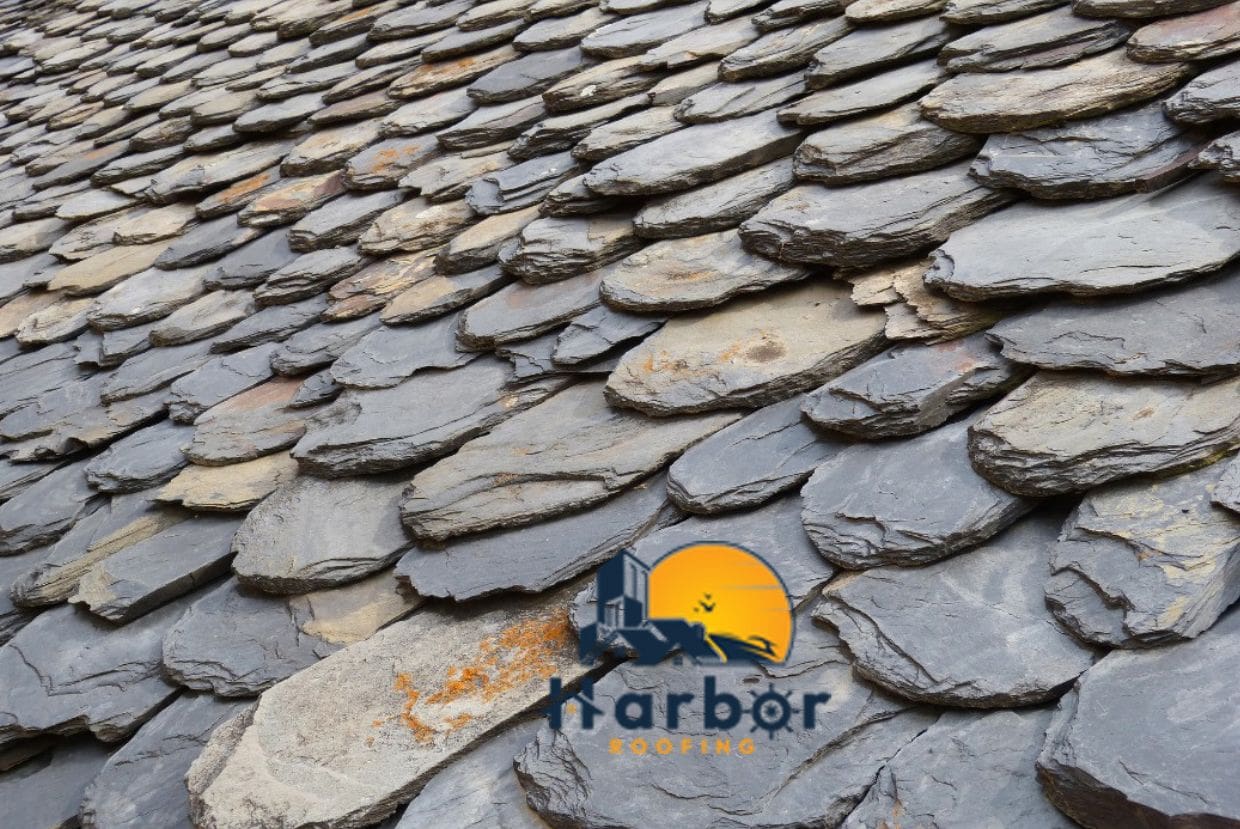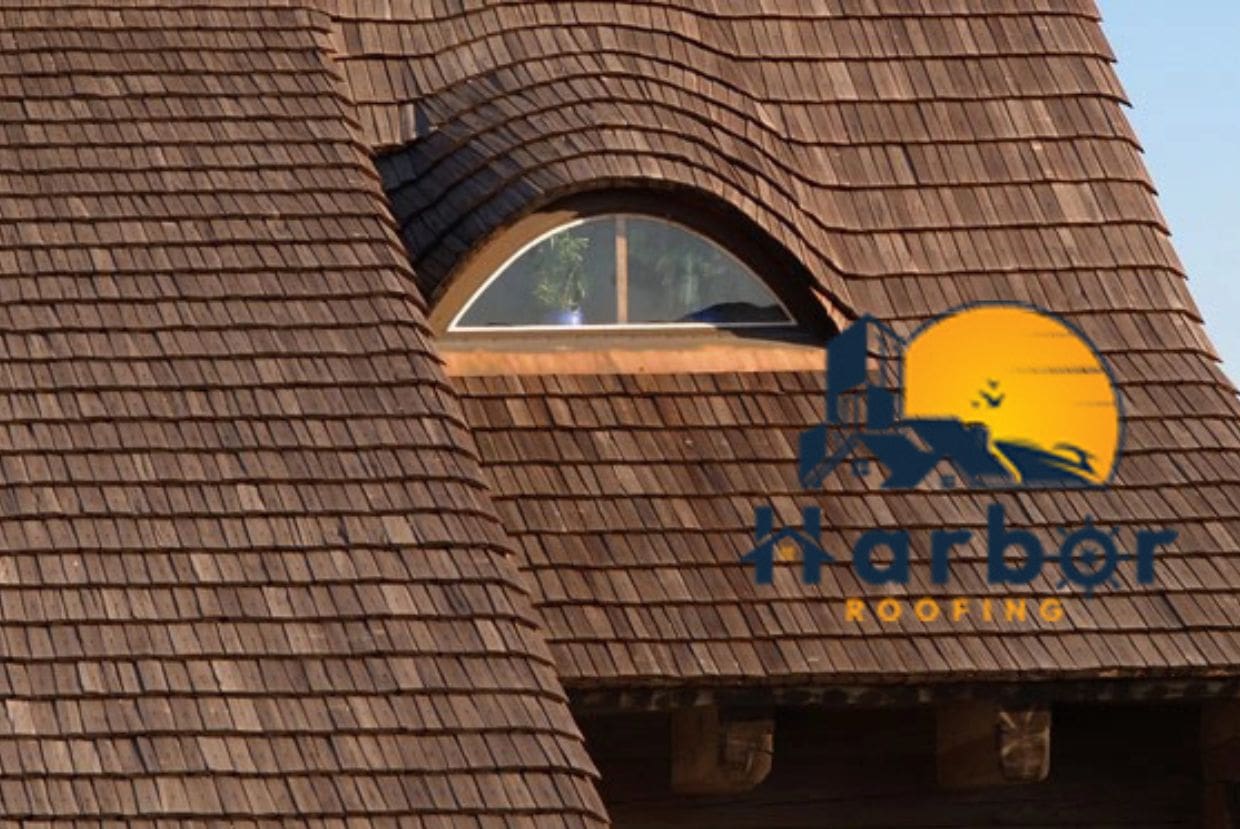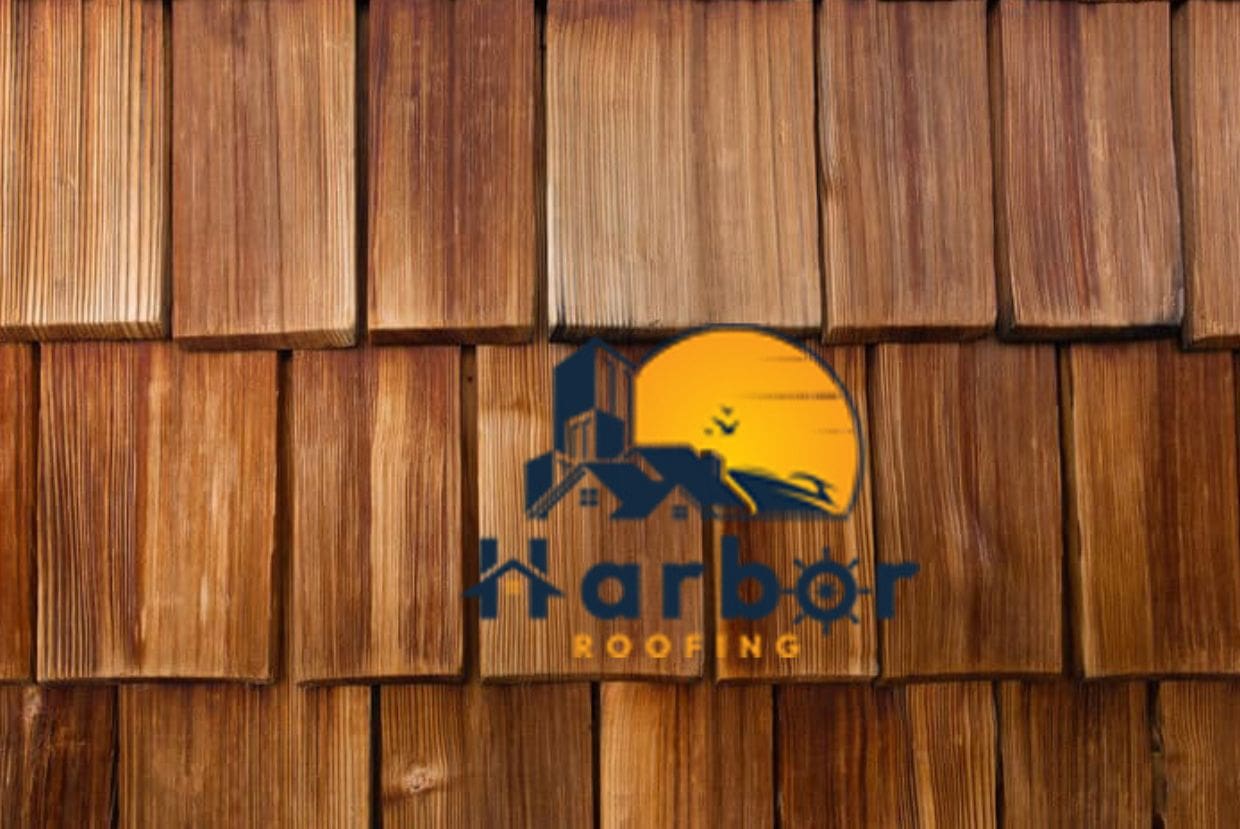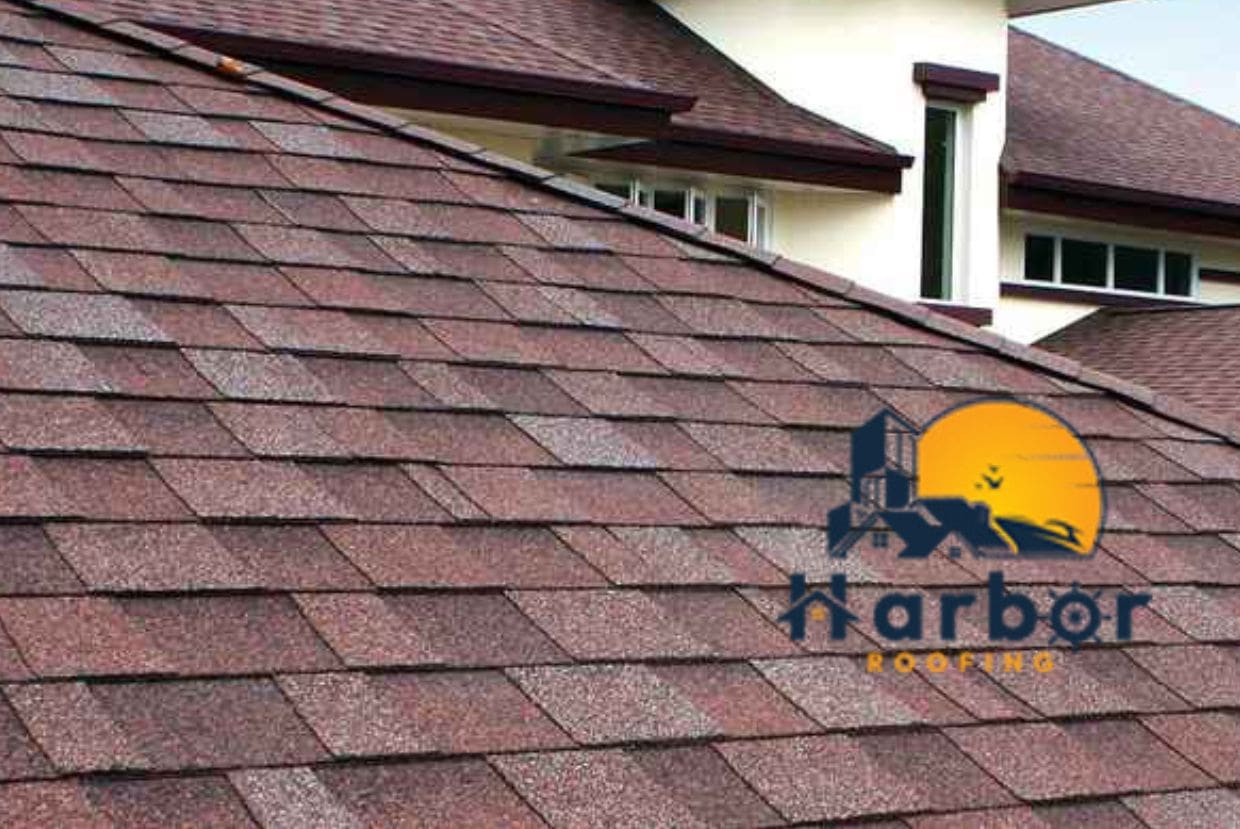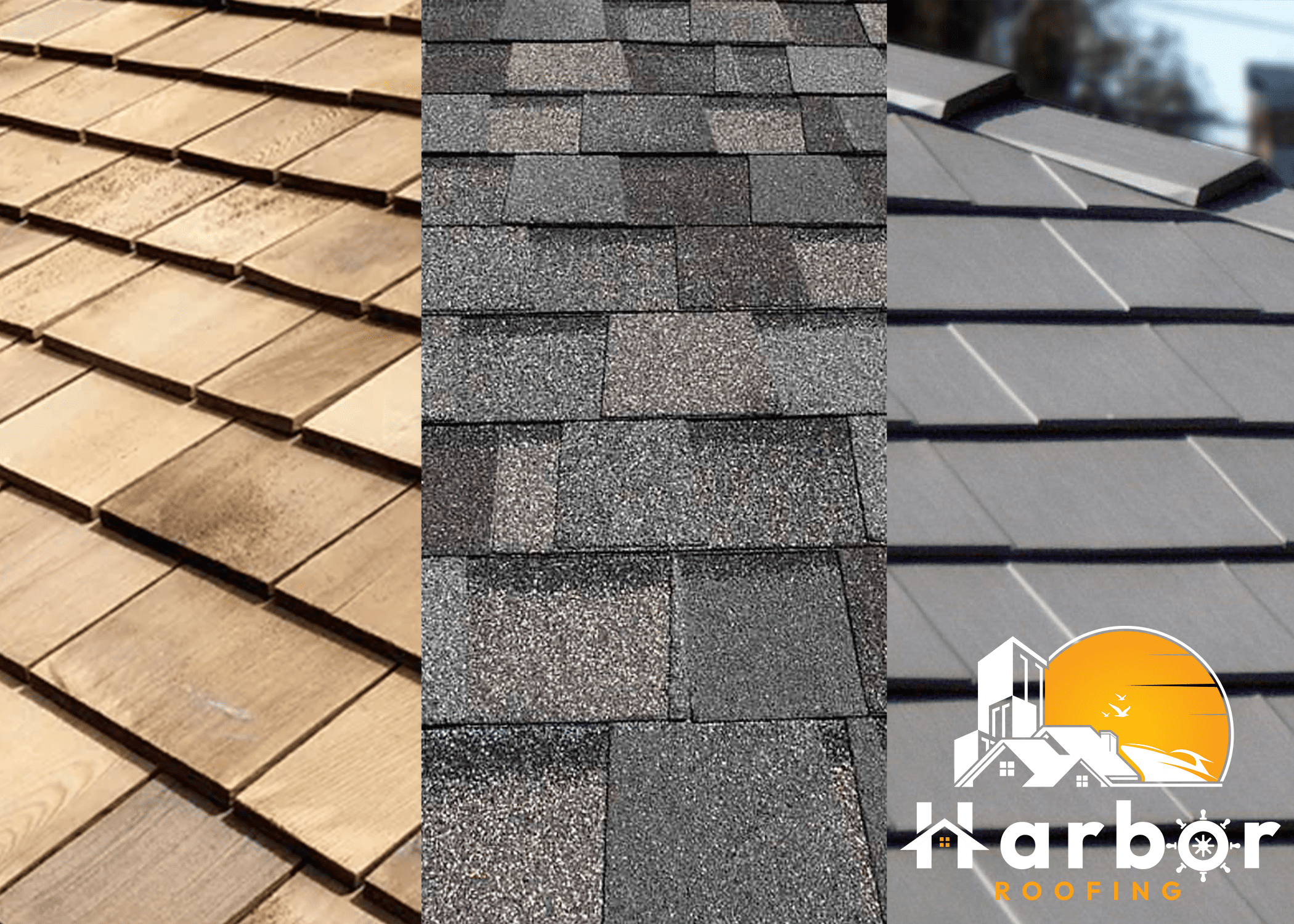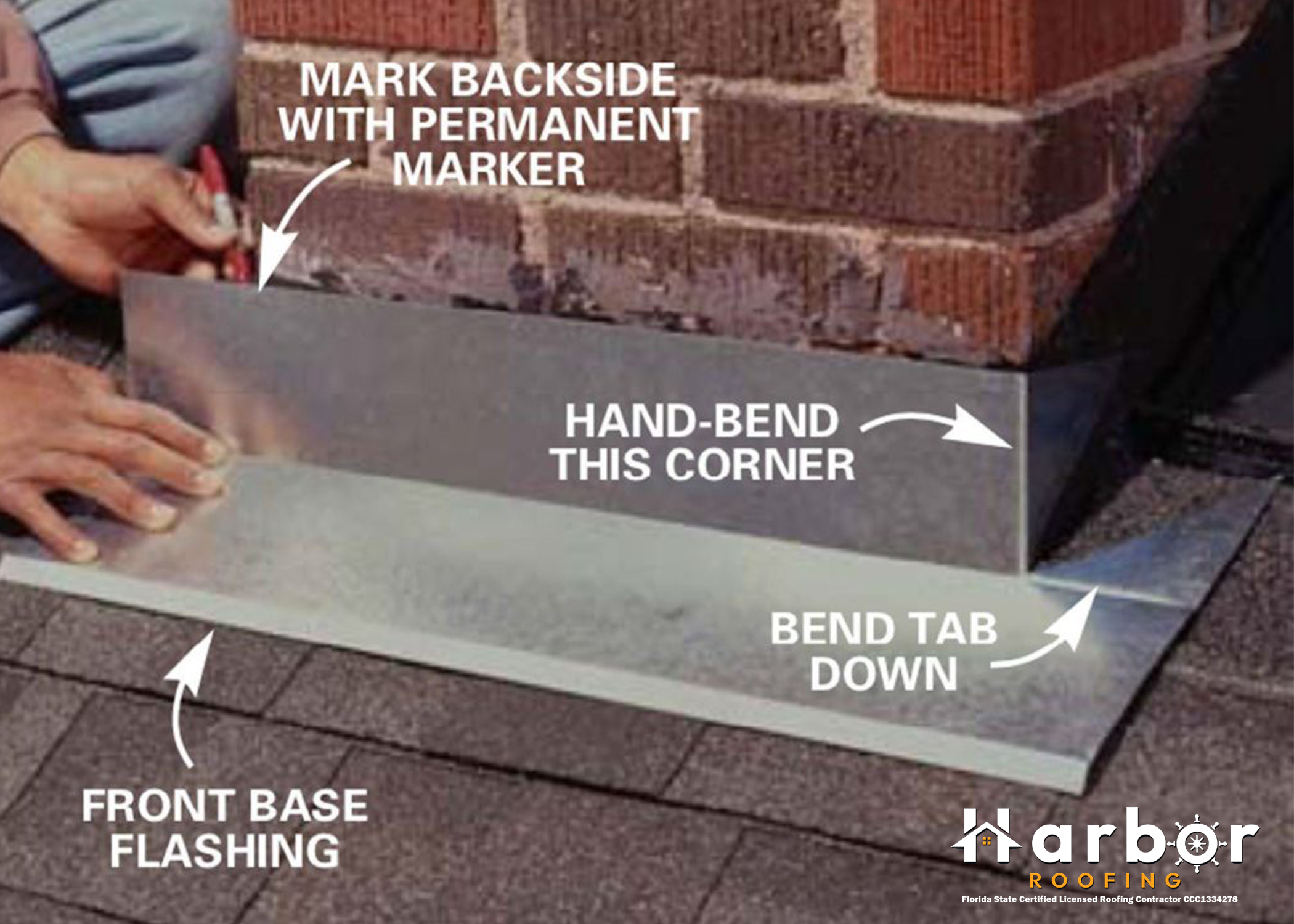The importance of having the perfect roof type over your home can never be overemphasized. But then comes the problem of choosing from the numerous choices. Today, we will discuss the differences between gable and hip roofs.
The main difference between a gable and a hip roof is the slope on its sides. Only two triangle-shaped slopes, from the eaves’ base to the ridge’s top, are present on gable roofs. On the other hand, every side of a hipped roof slopes downhill toward the walls of the house.
Let’s discuss the differences between gable and hip roofs to help you choose the best roof design for your house.
What Is a Hip Roof?

A roof that slopes downhill from its apex on all four sides is called a hip roof. It has no flat end or gable. You’ll most likely find hip roofs on church steeples, where they are usually highly pitched. They’re also common in suburban homes because they’re simple to construct.
When two roof planes meet and thrust outward, you call that point a hip.
Advantages of Hip Roof
- High wind performance: Hip roofs are a standard option for high-wind locations due to their streamlined shape, which makes them highly efficient and excellent at wind resistance.
- Insurance benefits: Because hip roofs are very resistant to wind, many insurance companies give savings on insurance for homes with hip roofs, especially in places that get a lot of storms every year.
- Excellent curb appeal: Although everyone has their own taste when it comes to looks, many people consider hip roofs to be neater and more visually appealing. You will typically see them on higher-end homes, which makes them seem more expensive.
Disadvantages of Hip Roof
- Holds rainwater and snow: In places where there is a lot of rainfall and snow, hip roofs are not efficient. Just like other roofs with complex designs, instead of shedding rainwater or snow, it holds them. This may lead to the deterioration of the roof.
- High maintenance: Hip roofs are more likely to leak because they have more seams, usually because the roofer didn’t install them correctly. Hence, they need a lot of maintenance.
- Installation of solar panels: Although the tilt of hip roofs makes it possible to install solar panels, many do not have enough attic space to accommodate them. Hence, it is essential to check the size of your hip roof’s surface area if you want to use solar power in your house.
What Is a Gable Roof?
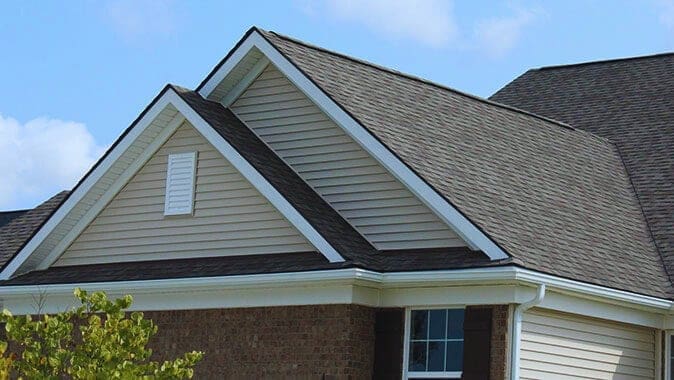
A gable roof comprises triangle-shaped slopes that go from the ridge’s apex to the eaves’ base. In contrast to hip roofs, which have all of the slopes meeting beneath the eaves, gable roofs only have two slopes, with the wall of the house enclosing the remaining area.
Other names for a gable roof are “peaked roof” or “pitched roof.” It is one of the most popular roof types in America.
Advantages of Gable Roof
- Inexpensive: The main benefit of gable roofs is that they are less expensive than hip roofs, which is also one of the reasons they are so common. Compared to hip roofs, which have four roof planes, an open gable roof has just two, so you will spend a lot less on roofing material.
- Attic space with ventilation: Gable roofs offer a lot of attic space due to their vaulted ceilings. Additionally, it increases the amount of airflow in your house.
- Sheds rainwater and snow: A gable roof sheds snow and water more quickly than a more complex roof design because of its simplicity. Furthermore, the steeper slopes of many gable roofs allow water and snow to flow off the house rather than build up on the roof. Causing your roof to require less maintenance.
- Room for installing solar panels: Gable roofs have adequate space that you can use to install solar panels if you want.
Disadvantages of Gable Roof
- Low wind resistance: The main drawback of a gable roof is its reduced wind resistance. High winds can generate a rise against the gables or the walls of the house if there is an excessive overhang, which might lead to the roof coming off.
- Poor aesthetics: Typically, gable roofs are built with a basic design. This simplicity may appeal to certain homeowners, but it doesn’t really improve your house’s curb appeal.
Gable Roof vs. Hip Roof: Which One Is Better?
Cost
When it comes to price, gable roofs are better than hip roofs. Hip roofs have four roof lines, but an open gable roof only has two. Because of this, roofing materials for a gable roof are likely to cost a lot less.
Sometimes, a hip roof costs 35 to 40 percent more than a gable roof. It can cost you anywhere from $33,600 to $67,200 to build and finish a hip roof. Gable roofs, on the other hand, cost between $24,000 and $48,000.
Ease of Construction
Hip roofs are easier to build from the point of view of a builder. There is no need to add the extra support that a gable roof needs because all the walls are the same height. However, some builders will still choose sloped roofs even though they are harder to build because they are cheaper.
Snow and Rainwater Shedding
When it comes to snow removal, hip roofs are not as good as gable roofs. This is a significant reason why gable roofs are more common in snowy places than hip roofs. They work better in cold weather. To lessen the damage from snow, you should cover your hip roof with ice and water protection. Additionally, architects can create hip roofs that work well in the winter.
Wind Resistance
For places with a lot of wind, hip roofs are superior to gable roofs. They can be a problem in places where hurricanes and other storms happen often. Gable roofs can fall in strong winds if they are not properly made and built with enough support. When putting on a gable roof in a high-wind area, make sure you use the right braces and that you give it a look after a storm.
Attic Space
One of the main differences between a gable roof and a hip roof is the amount of room in the attic. Hip roofs don’t have as much extra room as gable roofs do. With a gable, you can get a vaulted roof and more room. To make up for the lack of a slope, you can add dormers to hip roofs to add room and natural light.
Insurance Benefits
People who live in hurricane-prone areas may get lower insurance rates if they have a hip roof. This is because hip roofs are much better at fighting wind. The deal could save you up to 32%. Before choosing a flat roof, you should check with your insurance company to make sure of these savings. You can get a wind mitigation study done on a house that is already built to see if it counts for the discount.
Conclusion
Picking the right roof for your building can be a task because there are several factors to consider before making a choice. Should the weather, the appeal, or the price come first?
Hip and gable roofs each have their pros and cons, so the choice between them comes down to personal taste, particular needs, and finances. But one thing might make you choose a hip roof over another: the location. A high-risk wind zone is one where more than ten tornadoes happen every year. So, if you live in a wind zone, you might want to put up a hip roof instead of a gable roof.
Frequently Asked Questions
Can you paint a gable roof to make it look better?
A common issue with gable roofs is that the side of the house with the gable roof is a big, dull, and flat flooring area. In the triangle-shaped gable section, some builders and residents add decorative siding made of stone or cedar shakes to spice things up.
Can you have a gable roof in a high-wind area?
In places with strong winds, gable roofs can be modified to make the overhangs stronger, and the last 4 feet of trusses up to the gable get extra support.
Is it possible to change a gable to a hip roof?
It costs a lot of money and time to change a gable roof to a hip roof. It’s not often done, but it can happen. If you want to make the roof more windproof, it’s usually cheaper to strengthen the gable roof.
